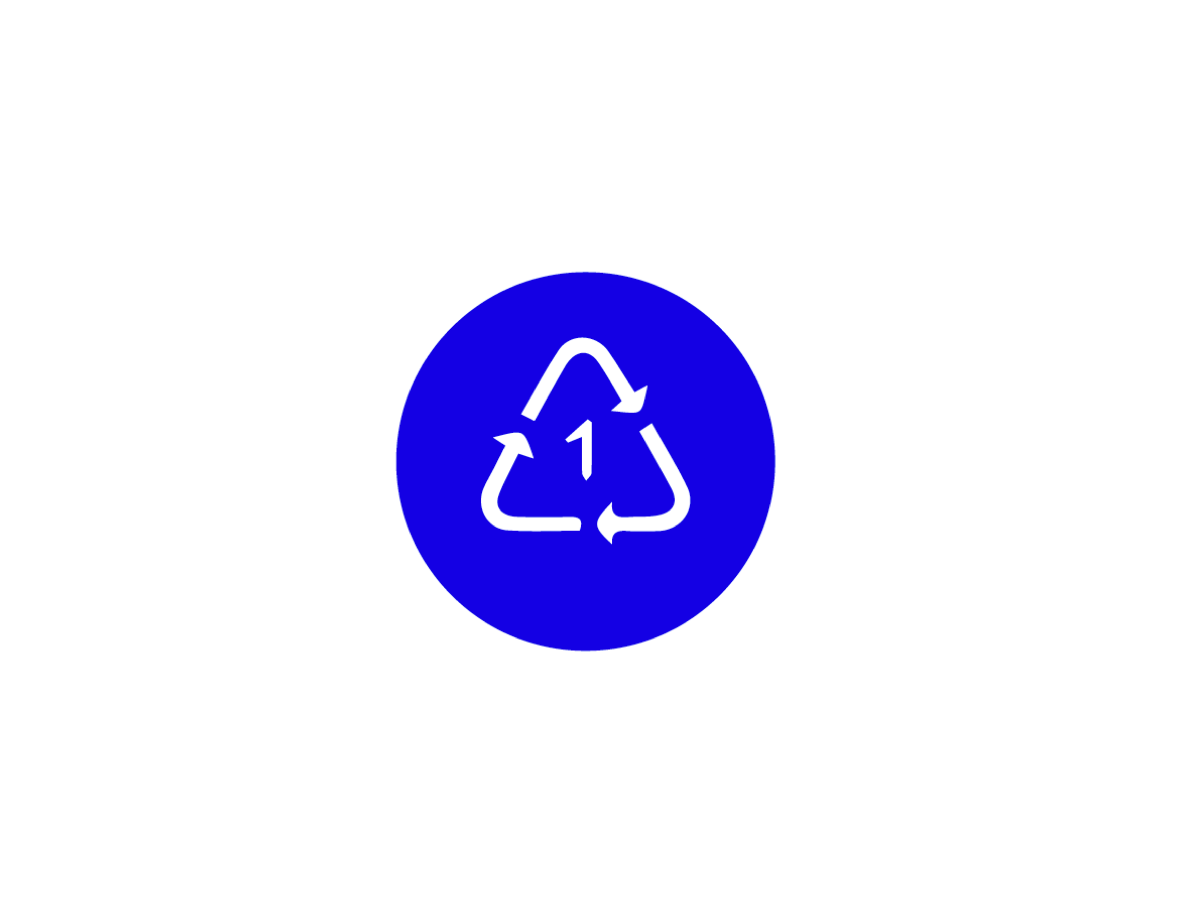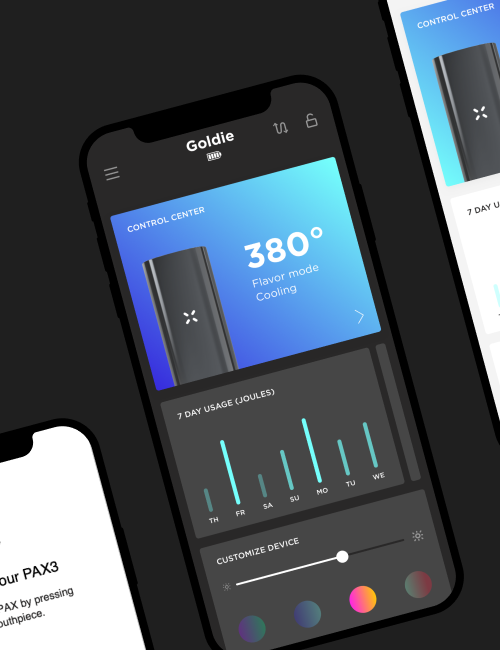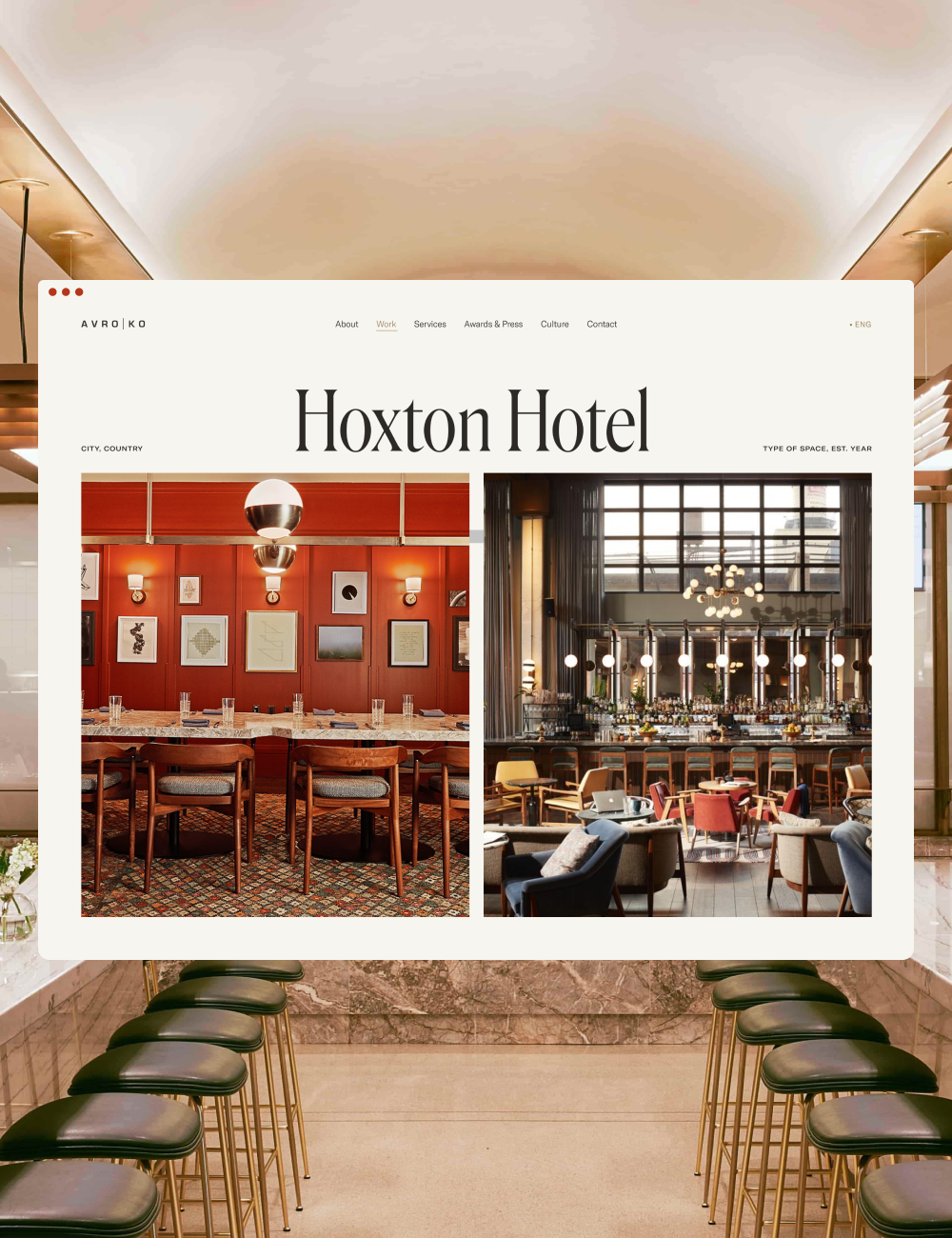
As designers, we tend to focus on aesthetics and utility. Is what we create beautiful, elegant and useful? Does it reflect a brand’s experience, story or soul?
But there’s a much more complex and layered role for design in society, one whose importance has increased exponentially as digital and physical worlds merge. It’s the role of shaping interactions. And as humans, we’re wired to constantly adapt and learn, so as designers shape experiences and, interactions, consumption triggers and actions, we have the potential to fundamentally reshape the core of humanity.
A guiding principle behind the work at Wolf&Whale is: “The most unmet need online is human experience.”
We strive to keep people at the center of what we design, and look to humanity for inspiration.
We think through the unintended consequences of what we create. Is the app too effective, and thus addictive? Is the interactionit encouraging an irresponsible activity? If we’re changing behavior, is it a positive change?
As an industry, we’re just starting to become aware of unintended consequences of things we designed in the last decade. And social media has taught us lessons over the last few years, that once a new behavior is learned, it’s hard to put the genie back in the bottle.
What we’re doing is more than pixels on a screen, but something that has the potential to make the world a better place, or a worse one. That’s a tremendous responsibility, that at the same time can be inspiring.
So as you pick up the sketchbook at the start of your next project, as yourself: “How will I make the world better today?”

